当前位置:
X-MOL 学术
›
J. Phys. Chem. C
›
论文详情
Our official English website, www.x-mol.net, welcomes your
feedback! (Note: you will need to create a separate account there.)
Facile Synthesis of CeO2 Nanosheets Decorated upon BiOI Microplate: A Surface Oxygen Vacancy Promoted Z-Scheme-Based 2D-2D Nanocomposite Photocatalyst with Enhanced Photocatalytic Activity
The Journal of Physical Chemistry C ( IF 3.3 ) Pub Date : 2017-12-21 00:00:00 , DOI: 10.1021/acs.jpcc.7b08534 S. Sultana 1 , S. Mansingh 1 , K. M. Parida 1
The Journal of Physical Chemistry C ( IF 3.3 ) Pub Date : 2017-12-21 00:00:00 , DOI: 10.1021/acs.jpcc.7b08534 S. Sultana 1 , S. Mansingh 1 , K. M. Parida 1
Affiliation
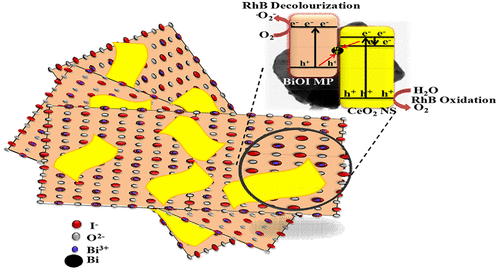
|
Construction of a visible light driven Z-scheme-based photocatalytic system is a hot topic of research because of the potential to alleviate both energy and environmental issues. In the present study a series of surface vacancy mediated BiOI–CeO2 nanocomposites were prepared and their crystallographic, morphological, optical, and electrochemical behavior were characterized through XRD, TEM, FESEM, UV–vis DRS, PL, ESI, and Mott–Schottky techniques. From the XPS analysis, it could be said that a high amount of oxygen defects and metallic bismuth were present on the composite than neat CeO2 which was the major cause of enhancement in the photocatalytic activity. Further the photocatalytic efficiency of the as prepared samples was tested toward RhB decolorization/phenol oxidation as well as for O2 gas evolution. It was observed that 40 wt % BiOI–CeO2 nanocomposite exhibited highest photocatalytic activity among neat and other composites, i.e., 89% decolorization of 100 ppm RhB and produces 323 μmol/2h of O2 under visible light illumination. To justify the enhanced photocatalytic activity of the material a Z-scheme-based charge transfer mechanism was proposed. Where surface oxygen vacancy exists on CeO2, I3–/I– reversibility pair through Bi metal on BiOI, scavenger experiment, PL spectra, and Nyquist plot provide solid evidence toward a Z-scheme charge transfer pathway. This work will provide some useful information in course of developing of Z-scheme-based photocatalyst without an external mediator.
中文翻译:

BiOI微孔板装饰的CeO 2纳米片的轻松合成:表面氧空位促进Z方案为基础的2D-2D纳米复合光催化剂,具有增强的光催化活性
可见光驱动的基于Z方案的光催化系统的构建是研究的热点,因为它可以缓解能源和环境问题。在本研究中,制备了一系列表面空位介导的BiOI-CeO 2纳米复合材料,并通过XRD,TEM,FESEM,UV-vis DRS,PL,ESI和Mott-Schottky对它们的晶体学,形态,光学和电化学行为进行了表征。技术。根据XPS分析,可以说与纯CeO 2相比,复合材料上存在大量的氧缺陷和金属铋。这是增强光催化活性的主要原因。进一步测试了所制备样品对RhB脱色/苯酚氧化以及O 2气体逸出的光催化效率。据观察,在纯净和其他复合材料中,40 wt%的BiOI-CeO 2纳米复合材料表现出最高的光催化活性,即100 ppm RhB的89%脱色并在可见光照射下产生323μmol/ 2h的O 2。为了证明该材料增强的光催化活性,提出了基于Z方案的电荷转移机理。如果CeO 2上存在表面氧空位,则I 3 – / I –通过BiOI上的Bi金属实现的可逆性对,清除剂实验,PL光谱和Nyquist图为Z方案电荷转移途径提供了可靠的证据。这项工作将在开发无需外部介体的Z型光催化剂的过程中提供一些有用的信息。
更新日期:2017-12-21
中文翻译:

BiOI微孔板装饰的CeO 2纳米片的轻松合成:表面氧空位促进Z方案为基础的2D-2D纳米复合光催化剂,具有增强的光催化活性
可见光驱动的基于Z方案的光催化系统的构建是研究的热点,因为它可以缓解能源和环境问题。在本研究中,制备了一系列表面空位介导的BiOI-CeO 2纳米复合材料,并通过XRD,TEM,FESEM,UV-vis DRS,PL,ESI和Mott-Schottky对它们的晶体学,形态,光学和电化学行为进行了表征。技术。根据XPS分析,可以说与纯CeO 2相比,复合材料上存在大量的氧缺陷和金属铋。这是增强光催化活性的主要原因。进一步测试了所制备样品对RhB脱色/苯酚氧化以及O 2气体逸出的光催化效率。据观察,在纯净和其他复合材料中,40 wt%的BiOI-CeO 2纳米复合材料表现出最高的光催化活性,即100 ppm RhB的89%脱色并在可见光照射下产生323μmol/ 2h的O 2。为了证明该材料增强的光催化活性,提出了基于Z方案的电荷转移机理。如果CeO 2上存在表面氧空位,则I 3 – / I –通过BiOI上的Bi金属实现的可逆性对,清除剂实验,PL光谱和Nyquist图为Z方案电荷转移途径提供了可靠的证据。这项工作将在开发无需外部介体的Z型光催化剂的过程中提供一些有用的信息。


















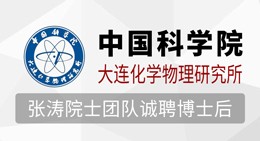
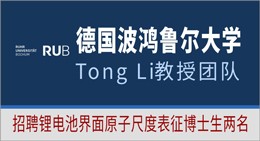




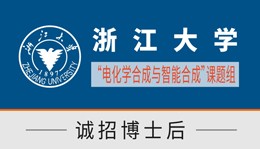
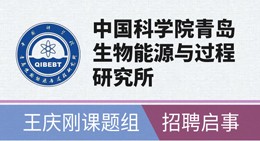





 京公网安备 11010802027423号
京公网安备 11010802027423号